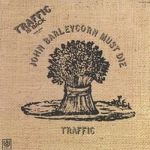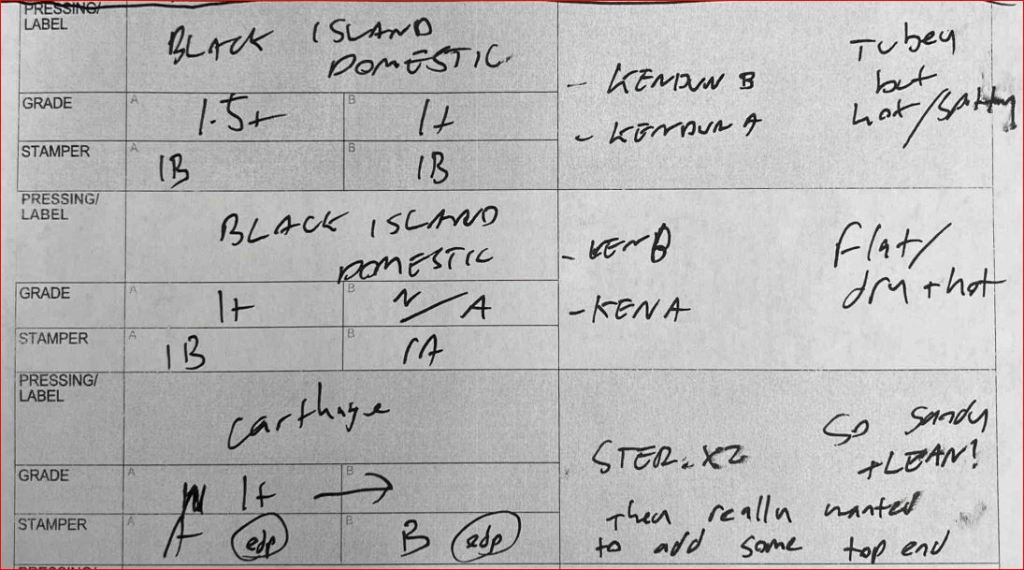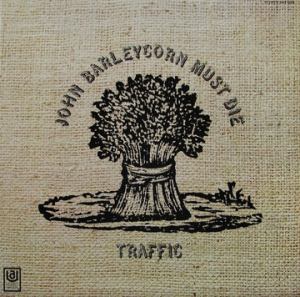More Emerson, Lake and Palmer
More Prog Rock
- An original UK Island pressing of this ELP Classic live album with a STUNNING Shootout Winning Triple Plus (A+++) side two mated to a seriously good Double Plus (A++) side one
- Both of these sides are amazingly Tubey Magical and exceptionally spacious, with a massive bottom end and plenty of Rock and Roll (and classical) energy
- Pictures at an Exhibition is yet another in the long list of recordings that really comes alive when you turn up your volume
- “…it worked on several levels that allowed widely divergent audiences to embrace it — with the added stimulus of certain controlled substances, it teased the brain with its mix of melody and heavy rock, and for anyone with some musical knowledge, serious or casual, it was a sufficiently bold use of Mussorgsky’s original to stimulate hours of delightful listening.”
This British Island LP has real weight and heft, so when Emerson lays into the organ, it’ll rattle the walls. It has that big, fat, rich, smooth sound that we love here at Better Records. It’s warm and full, not thick and sludgy. It’s on the right end of the “tubey-transistory” spectrum.
Listen to how GIGANTIC the organ is that plays the fanfare opening of the work. Honestly, I have never heard a rock album with an organ sound that stretched from wall to wall like this one does. It sounds like it must be seventy five feet tall, too.
No, I take that back. The first ELP album has an organ that sounds about that big, but that’s a studio album. How did they manage to get that kind of organ sound in a live setting without actually having to build one inside the concert hall?
The domestic copies are a bad joke as you may have guessed.
You might think that you could just pick up any old Brit pressing to get this kind of sound, but that has not been our experience. Many of them are thick, dull, smeary, veiled, congested and/or just plain lifeless.
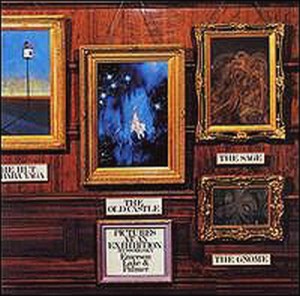

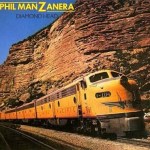
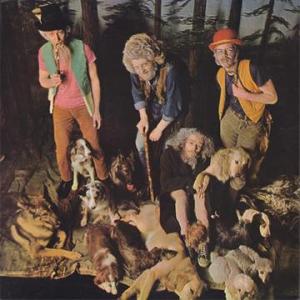
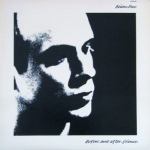 More of the Music of Brian Eno
More of the Music of Brian Eno In thirty plus years of record playing I can’t think of any domestic Eno LP that ever sounded this good.
In thirty plus years of record playing I can’t think of any domestic Eno LP that ever sounded this good.
